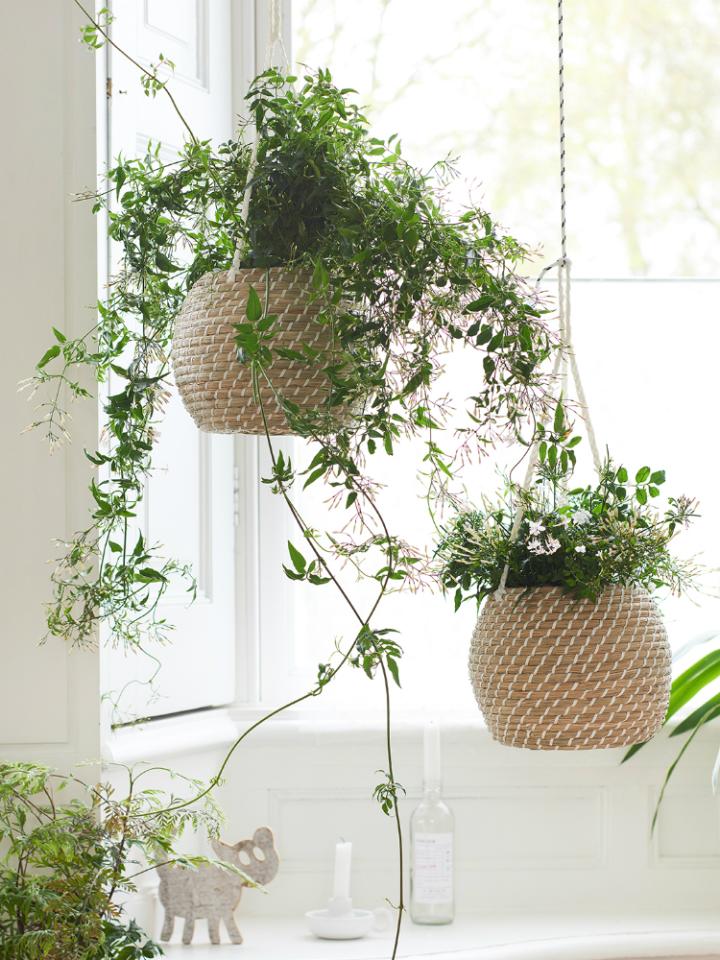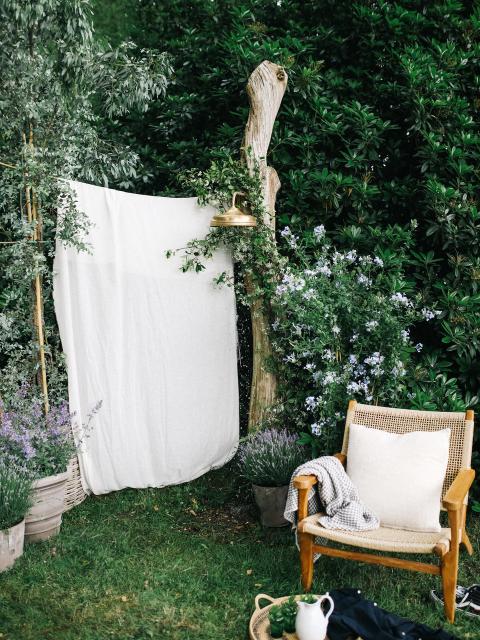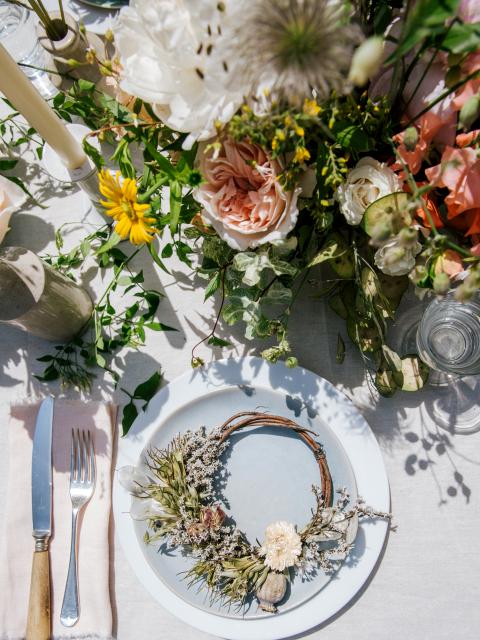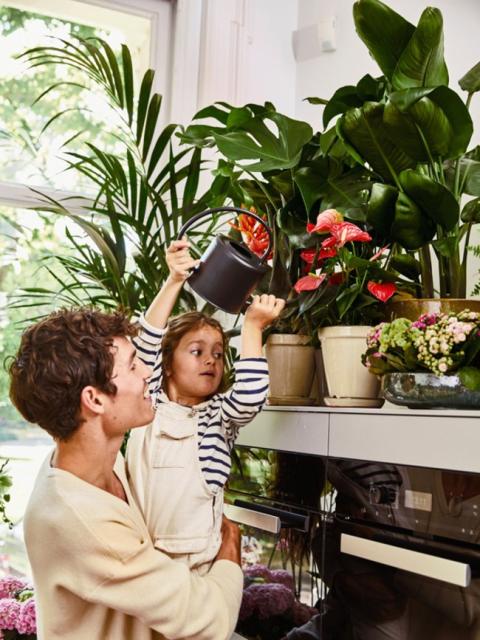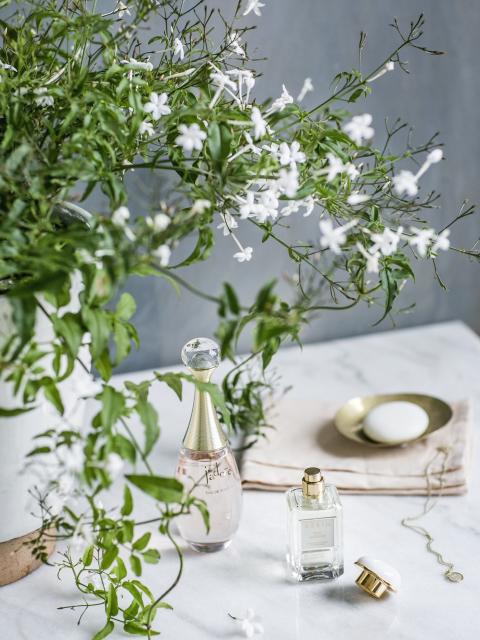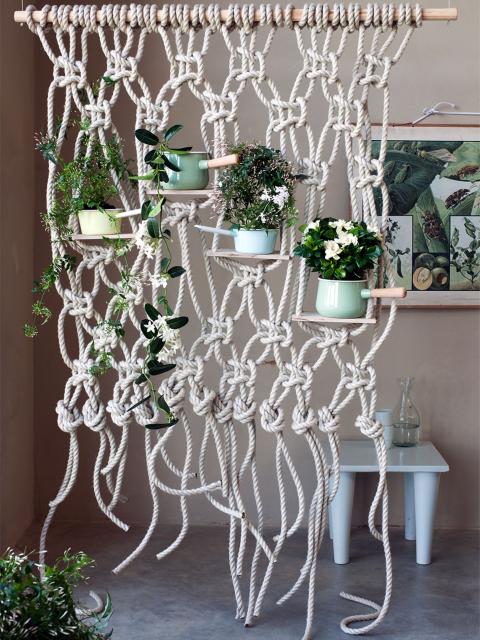Colours and shapes
Jasmine is an elegant climber with attractive dark green leaves and beautifully scented white star-shaped flowers. The long vines are often found trained around an arch, but these plants will are also happy in more quirky locations, such as framing a cupboard or around a window. In fact, jasmine will smoothly curl around anything, be it a light cord or a standing lamp. According to research by the Heinrich Heine University in Düsseldorf, the scent of jasmine is calming and relaxing, making it an ideal plant for the bedroom. When buying, check to see whether there are a couple of buds that are already opening. It's the most reliable sign that the plant in question will flower profusely.
Symbolism
The name 'Jasmine' is derived from the Persian word ‘yasmin’, which means ‘gift from God’. In the language of flowers, jasmine stands for purity, simplicity, modesty and strength. Before the recent war in Damascus, every house was said to contain a jasmine plant, and the scent of flowers would fill the streets during a waning moon.
Origin
Jasmine originates from the Himalayas and the moderate regions of China. There are around 200 different species, the first of which to be named was Arabian Jasmine, or Jasminum sambac. Jasmine came to Europe from Persia (present-day Iran) via trade routes, but both East and West have been fascinated by these blooms for centuries. The sweet and unmistakeable fragrance made the plant incredibly popular. Depending on the variety, jasmine's buds sometimes have more scent than the actual flower, and some species only flower after sunset.

